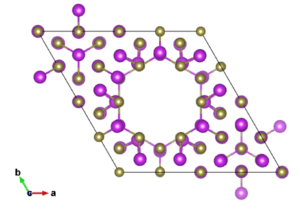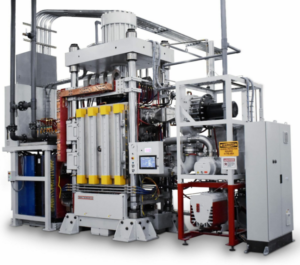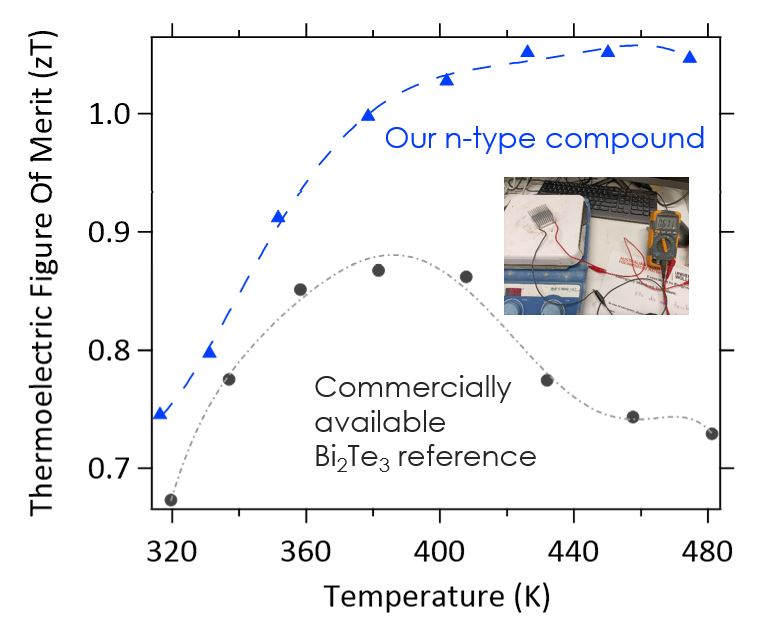A Meet FLEET innovation-and-industry event poster

David Cortie, FLEET Scientific Associate Investigator, ANSTO/UOW

Julie Karel, FLEET Chief Investigator, Monash

Abdulhakim Bake, FLEET Research Fellow, UOW

Sheik Md Kazi Nazrul Islam, CERC postdoc Fellow, CSIRO Manufacturing
The Challenge
Most of the power used in society is lost to the environment in the form of waste heat. Thermoelectric (TE) modules can convert waste heat gradients into useful electricity via the Seebeck effect. When run in reverse, such modules can also provide active cooling via the Peltier effect. Bi2Te3 is currently the dominant commercial thermoelectric material for Seebeck and Peltier modules, offering clear advantages over lead-based alternatives. Current n-type thermoelectrics based on Bi2Te3, however, have limited efficiency, and consequently, only niche applications of TE modules exist.
The Solution
Topological insulators (TIs) are a recently discovered type of quantum material. By enhancing the TI properties of Bi2Te3, it is possible to radically improve the performance of n-type thermoelectric materials.
Key Benefits
-
High thermoelectric figure-of merit in both n-type and p-type variants
- Cost-effective, economic, scalable synthesis method for bulk thermoelectric leg components
Development Stage
- Cost-effective synthesis method developed for bulk TE materials with promising initial results.
- Demonstration of complete p-type and n-type modules. Seeking seed funding and strategic partners to optimise materials further
Brief Description & Differentiation
This FLEET translation project aimed to leverage the topological insulator properties of Bi2Te3 to allow a radical improvement in the n-type performance by decreasing the thermal conductivity and simultaneously increasing the electric power factor. We targeted a method for cost effective, scalable synthesis of bulk thermoelectric Bi2Te3 legs, compatible with existing power modules.
We have developed a method to synthesize TE legs with a high thermoelectric performance, and good mechanical properties, which operate near room temperature.
Our method is compatible with the standard industrial production technique for TE legs (spark plasma sintering).
Intellectual Property
The intellectual property related to the bulk synthesis procedure belongs to the University of Wollongong.
Key Publications
- A. Nguyen et al. ‘Increased phase coherence length in a porous topological insulator’ Physical Review Materials 7 064202 (2023)
More information
- Contact Dr David Cortie, ANSTO/University of Wollongong david.cortie@uow.edu.au
- Contact Dr Julie Karel, Monash University julie.karel@monash.edu






